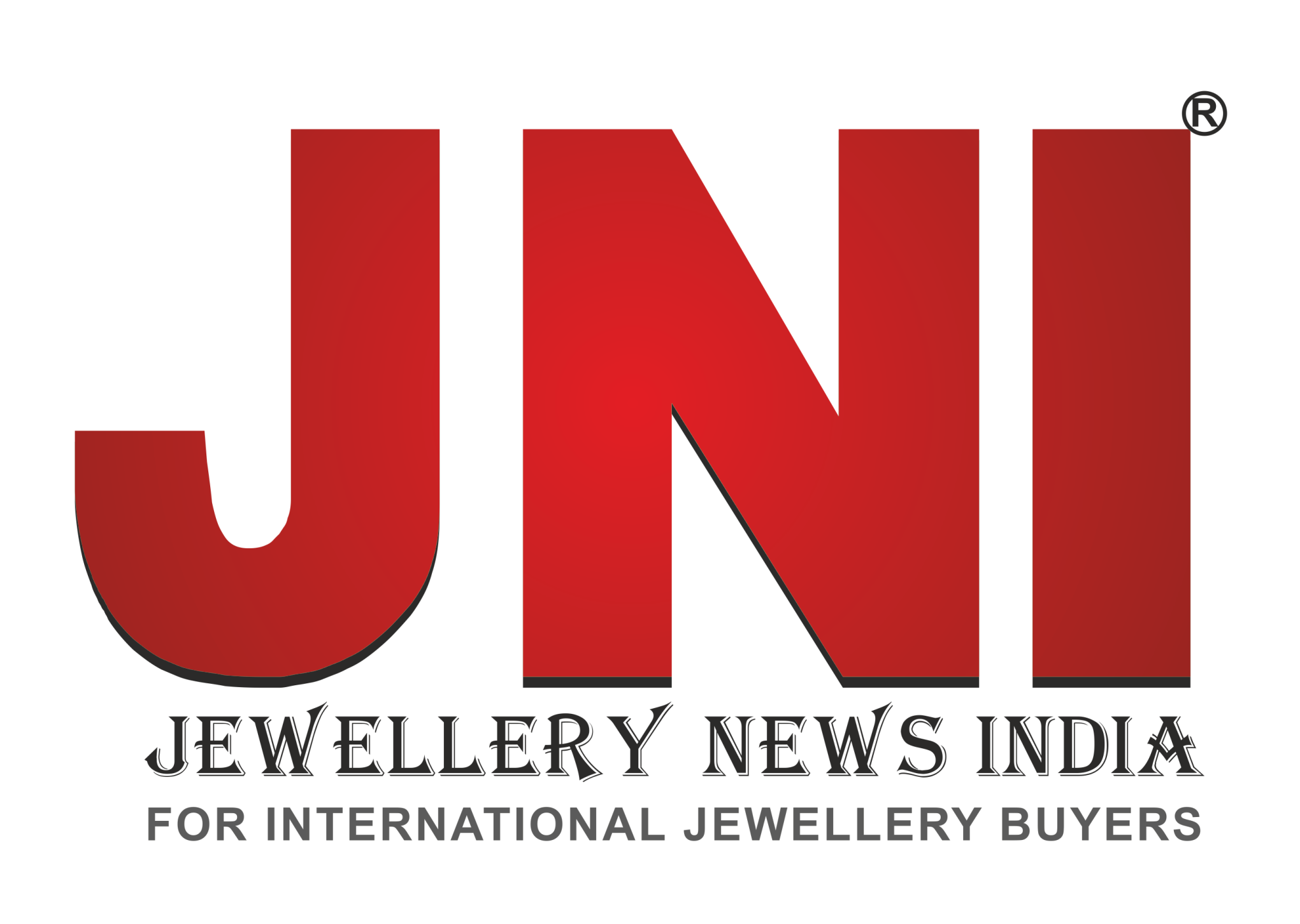KYC: Bridge over Troubled Water
The diamond and jewellery industry is an industry spanning all continents. It covers a vast array of activities, from mining of minerals, their processing, conversion into jewellery, and finally retail activities, which lead to its sale to the end consumers. It also covers trading activities at all of these stages.
Precious materials change ownership multiple times before they reach their final form and are sold to the end consumer. They may even change hands multiple times at the same stage as they go through stages of aggregation and dis-aggregation.
The modern industry is characterized by a large number of participants at each stage of the pipeline. While there are large companies with billions of dollars in turnover, at the other end of the spectrum there are numerous small companies, many of whom could be one-person operations. At the World Federation of Diamond Bourses (WFDB), the interests of the SME’s are at the core of our business.
However, the combination of high values and the large spread of companies bring with it a host of challenges. Less than 20 years ago, a diamantaire could easily have bought diamonds from a supplier in one location, have them shipped to another location and perhaps a company that was distinct from his own firm, which was doing the ordering and paying.
There were many variations to this. For example, if the buyer was purchasing rough from unorganized suppliers or from countries with limited and untrustworthy banking systems, he might ask to pick up the diamonds through another company in a free zone area and settle the outstanding bill via a bank transfer — or even in kind — to a different company in another part of the world as instructed by the supplier.
Banks and shipping agents merely followed instructions, and no eyebrows were raised as this was considered to be a trade practice. Everybody understood that all the diamantaire was doing was optimizing his own process pipeline with financial and security safety built in.
Not today. A process trail like that will be viewed as a money-laundering process. Banks and financial institutions would not agree to facilitate it. Diamantaires and companies bought diamonds in Africa until about 15 years ago in a highly informal and often challenging manner.
In countries where De Beers did not have a presence, diamonds mined in the artisanal and alluvial sector were difficult to regulate. Indeed, the internal trading chain in artisanally-mined diamonds was largely conducted informally, without paperwork or record keeping, thus making it largely untraceable.
In most cases, the buyer would not demand identification from those from whom they bought goods and few – whether licensed or not – kept records.
The world of business has changed tremendously. Like it or not, compliance of a clear audit trail of one’s buying/selling processes is now an integral part of a diamantaire’s business. You could say compliance is the “Fifth C” of the business.
It is for these reasons that the WFDB has adopted the KYC principle.
Know your customer (KYC), alternatively known as know your client or simply KYC is the process of a business verifying the identity of its clients and assessing their suitability, along with the potential risks of illegal intentions towards the business relationship.
Know your customer processes are also employed by companies of all sizes for the purpose of ensuring their proposed customers, agents, consultants, or distributors are anti-bribery compliant or not involved in money-laundering. Banks, insurers, export creditors and other financial institutions are increasingly demanding that customers provide detailed due diligence information.
The fragmented nature of the industry means that there is a dearth of information available about the gems and jewellery companies. Recent frauds, perpetrated by a few rotten apples, have also made banks and financial institutions mistrust the industry, and they have been demanding more transparency within the industry.
As part of its compliance with AML, each stakeholder in the industry will be required to do and maintain a proper CDD (this is typically also known as Know Your Customer (KYC) or Know Your Supplier, or Know Your Counterparty) for each of its customers and suppliers with adequate supporting documents and regular updates to the information.
On average, 80% of information in any KYC is common. If 10 companies are selling to the same customer and they each maintain their own separate individual KYC for that customer, then their customer will have to fill 10 KYC Forms, most of which will repeat information, around 80-90, and unique information will be 10-20%.
The diamond trade is traditionally a B2B segment with the bulk of transactions between a given set of customers. It is estimated that a diamond changes hands 7-8 times before it is finally sold to the consumer. For the WFDB, this makes the need for a common platform even more pressing, so as to bring about more transparency in the industry.
To be credible, the KYC platform should meet certain essential conditions. The platform should in the first place improve the compliance level in the industry, by setting the best standard (e.g. including asking for ultimate beneficiaries), while also reducing the overall cost of compliance for the industry. It should enable industry self-regulation by increasing the cost of non-compliance and giving more authority to industry bodies.
From an industry participant perspective, an appropriate KYC platform would provide increased efficiency, while at the same time achieving the best KYC standards such as: single point information entry and time saving as information can be shared instantly. Furthermore, the availability of counter party information will increase transparency by allowing banks to access more information regarding their customers, enabling better access to finance.
Also, working with authorised bourses/industry bodies will ensure that bourses are able to self-govern the trade. The system should require that only entities that are members of the WFDB would be accepted and that their particular KYC information related documents be verified by their respective bourses.
So the bourses can verify the information of their respective members, giving added confidence to other members regarding its authenticity. It will further reduce efforts required, as all information is verified at one point only, and does not need to be repeatedly verified. Last but not least, members have agreed to the code of ethics of the bourse, thereby allowing them to resolve disputes.
The establishment of a WFDB KYC platform is an essential tool in restoring credibility and trust in the diamond industry. It may seem an annoying burden coming at a difficult time with credit squeezed, profit non-existent and rough and polished prices in a downward spiral. It is however a bridge the industry needs to cross without any further delay. : By Ernie Blom, WFDB President.




